100 Percent of Companies in GHG Cap-and-Trade Program meet 2018 Compliance Requirements
![]() Print this Article | Send to Colleague
Print this Article | Send to Colleague
The California Air Resources Board (CARB) announced that all businesses, including 40 food processors, covered by the state’s cap-and-trade program have fully met their obligations for compliance in 2018 – achieving a 100 percent compliance rate.
The cap-and-trade program requires companies to account for their greenhouse gas emissions by purchasing allowances and turning them in to the state. Companies are also allowed to purchase a limited number of offsets. The program sets a declining cap on carbon emissions and allows companies to trade emission allowances to achieve statewide greenhouse gas (GHG) reductions in the most cost-effective manner and create incentives for investments in clean technology. Businesses in the cap-and-trade program account for approximately 80 percent of California’s climate-changing emissions.
The program uses multi-year compliance periods to provide companies additional flexibility. 2018 marks the first year of the final compliance period (2018–2020) under AB 32 and 100 percent of the companies were verified to be holding the required minimum number of allowances under the cap-and-trade regulation.
CARB also released data from the Mandatory Reporting Regulation (MRR), which indicates emissions continued to remain below 1990 levels in 2018. The data show a minute rise in reported emissions of 0.05 percent – essentially holding steady – and at a level that continues to keep the state on track to meet the GHG reduction target of 2020 under AB 32.
The cap-and-trade program is one of several major GHG emissions reduction programs developed under Assembly Bill 32 (the 2006 Global Warming Solutions Act). AB 32 requires the state to reduce GHG emissions back to 1990 levels by 2020. The state’s 2030 reduction target is a further 40 percent reduction below the 1990 levels. Other AB 32 programs work in tandem with cap-and-trade to reduce emissions across the economy. Those other programs include the Low Carbon Fuel Standard, the Renewables Portfolio Standard and the Advanced Clean Cars program.



